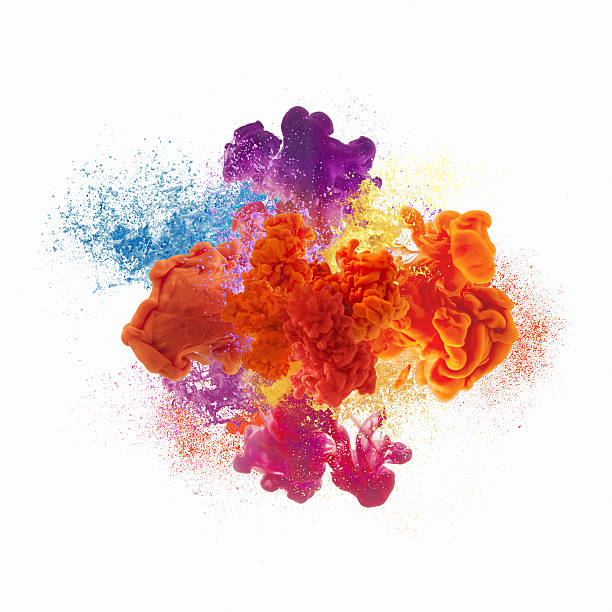Colour is usually taken for granted, most people do not give colour a thought, even designers sometimes. Yet why do we not realise what important role colour plays in our everyday lives? We are made up of different colours, our hair, our eyes, our skin. Then think of the clothes that we wear and the furniture and items we own. Isn’t colour everywhere?
COLOUR IS EVERYWHERE
Everyday we make decisions based on colour, the car we choose to buy, the product we buy at the supermarket, the clothes we buy. We are used to the colours of certain foods we buy, like a lemon being yellow and an orange being orange, we make choices based on colours everyday.

HOW A DESIGNER CHOOSES COLOURS
Introduction to Colour. From these examples we see why a designer must choose colours that are suitable for the client and show them colour proofs that are as close as possible for the printed piece. In design, colours can change drastically depending on what format they are in and what device they are being displayed in. As designers we should understand the importance of colour and should be aware of colour matching or the client could end up with a product that is totally different in colour than what they wanted.
For the designer it is not always possible to get the exact colour if a client requests a certain colour in RGB to be converted to CMYK as the colours should be chosen from Pantone colours, even CMYK colours, they should be matched from a Pantone Guide. So finding a designer to design your logo or designing your own logo can be more tricky than you thought, as the logo design process is not only about the logo’s design, it is also important to consider and select the right colours and how the printed product will look and how the artwork will be finalised.
Similar posts that may interest you
10 successful brand redesigns
What is the advantage of having a logo designed online?
Logo Design Process
How our eyes see colour


